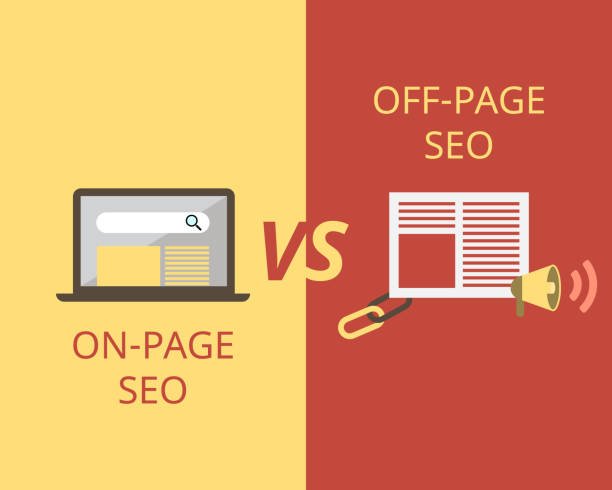How to Write Engaging Blog Posts: A Step-by-Step Guide
In today’s digital landscape, blogging is more than just sharing your thoughts online. It’s about connecting with your audience, providing valuable information, and driving traffic to your website. An engaging blog post can boost your site’s SEO, increase user engagement, and establish you as an authority in your niche. Whether you’re a seasoned blogger or just starting out, this guide will help you create content that captivates and converts.
Step 1: Understand Your Audience

Before you start writing, it’s essential to know who you’re writing for. Understanding your audience’s needs, interests, and pain points will help you tailor your content to their preferences. Create a detailed reader persona that includes demographic information, interests, and common challenges. This will guide your content creation process and ensure your posts are relevant and valuable.
Step 2: Choose a Captivating Topic

Selecting a topic that resonates with your audience is the foundation of an engaging blog post. Use keyword research tools like Google Keyword Planner, SEMrush, or Ahrefs to find popular topics in your niche. Look for keywords with high search volume and low competition to increase your chances of ranking well on search engines. Additionally, consider trending topics, frequently asked questions, and common problems your audience faces.
Step 3: Craft a Compelling Headline
Your headline is the first thing readers see, so it needs to grab their attention immediately. A compelling headline is clear, concise, and includes your primary keyword. Use power words, numbers, and questions to make your headline more intriguing. For example, “10 Proven Tips for Writing Engaging Blog Posts” or “How to Write a Blog Post That Captivates Your Audience.”
Step 4: Write an Engaging Introduction
The introduction sets the tone for your entire blog post. Start with a hook that grabs the reader’s attention, such as a surprising fact, a question, or a bold statement. Then, provide a brief overview of what the post will cover and explain why it’s important to the reader. Keep your introduction short and to the point, encouraging readers to continue.
Step 5: Create Valuable and Readable Content
Use Subheadings: Break your content into sections with clear subheadings to make it easier to read and scan. This helps readers find the information they’re looking for quickly and improves SEO.
Write in a Conversational Tone: Write as if you’re having a conversation with your reader. Use simple language, short sentences, and active voice to keep your writing engaging and accessible.
Include Visuals: Use images, infographics, and videos to complement your text and make your post more visually appealing. Visual content can break up large blocks of text and help illustrate your points.
Add Internal and External Links: Link to other relevant posts on your blog and authoritative external sources. This not only provides additional value to your readers but also improves your SEO by creating a network of related content.
Provide Actionable Takeaways: Ensure your content is not only informative but also actionable. Provide tips, steps, or advice that readers can implement immediately.
Step 6: Optimize for SEO

Use Keywords Strategically: Include your primary keyword in the title, introduction, subheadings, and throughout the body of your post. Avoid keyword stuffing; instead, use variations and related terms naturally within the content.
Optimize Meta Descriptions: Write a compelling meta description that includes your primary keyword and entices readers to click on your post. Keep it under 160 characters.
Use Alt Text for Images: Add descriptive alt text to your images, incorporating relevant keywords. This helps search engines understand the content of your images and improves accessibility.
Ensure Mobile-Friendliness: Ensure your blog is mobile-friendly, as a significant portion of readers will access your content on their smartphones. Use responsive design and test your site on various devices.
Step 7: Edit and Proofread
Before publishing, thoroughly edit and proofread your post to eliminate errors and improve readability. Check for grammar and spelling mistakes, clarity, and flow. Reading your post aloud can help identify awkward sentences and improve the overall quality of your writing.
Final Thoughts
Writing engaging blog posts is a skill that improves with practice and dedication. By understanding your audience, choosing captivating topics, and optimizing for SEO, you can create content that attracts and retains readers. Remember, the key to a successful blog post is providing value, so always aim to educate, inspire, or entertain your audience. Stay committed to continuous improvement, and your efforts will pay off in increased traffic, higher engagement, and a growing loyal readership. Happy blogging!









![How to Create a Blog for Affiliate Marketing [Beginners Guide] How to Create a Blog for Affiliate Marketing [Beginners Guide]](https://createandleave.com/wp-content/uploads/2024/06/Quality-Affiliate-Content.jpg)


